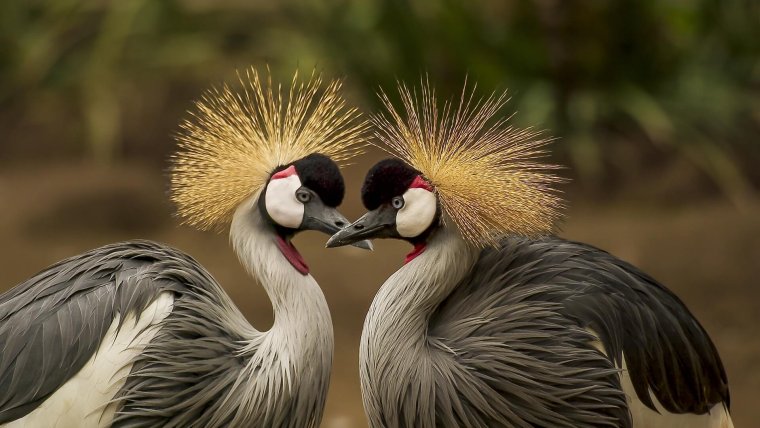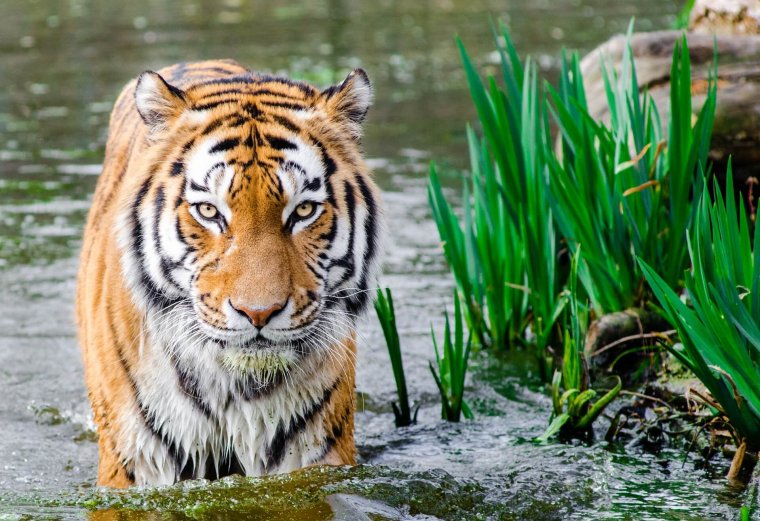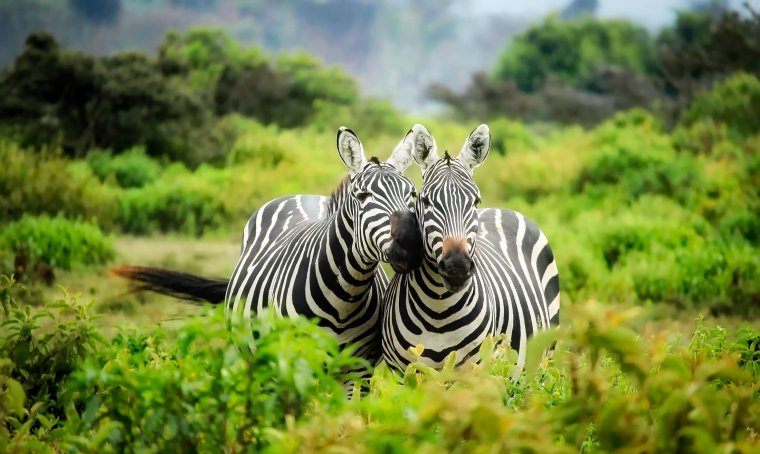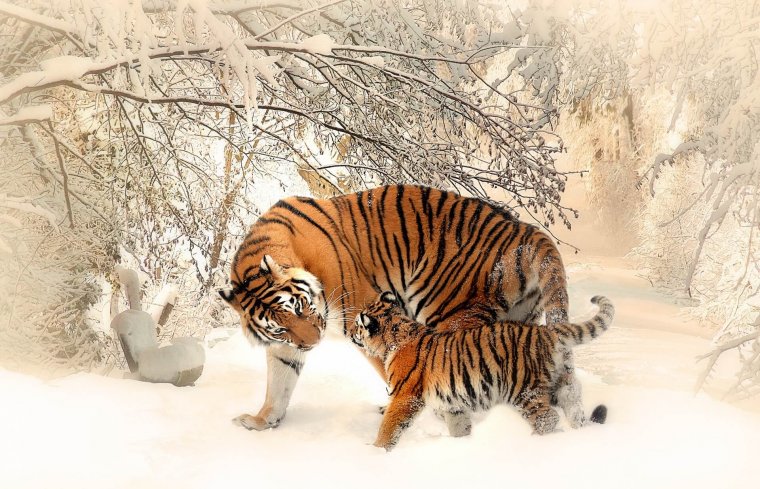
Wildlife Photography for many is a source of relaxation and adrenaline. Over the years more photographers like myself have sought to explore the field of wildlife and nature photography. In doing so you surely learn the mistakes to never make and your limits when out in the field. Most if not all of the Don’ts in wildlife photography is to ensure your own safety as you are no longer in your own territory. Of course, not all the species that you may encounter are dangerous but it’s always better to be safe than sorry. This article will be an aid to guide you through the things you are permitted to do and things that might just compromise your safety and well-being. Thankfully I didn’t learn these tips the hard way but rather through being careful and the advice of those who spend most of their time in the field.
Table of Contents
When working with or near wild animals
it is very important to keep your distance and give them the space they need. Sometimes you may get caught up in capturing the photo of your career and end up getting a bit too close to your subject. Always keep in mind that these species are not your pets and have no idea as to who you are and your intentions.
By nature, they might end up getting defensive and as a result, try to harm you. You may often run into a few cute wild animals but never let that fool you as to how they will respond if you get too close or try to interact with them. Speaking of interaction, never try to feed wild animals. This should be a given on the premise of never get too close but even if you have a nice treat and you’re tempted to give them one, please don’t.

Keep in mind some of these species may not be capable of digesting or even eating some of the food we do on a day to day basis. Some of our meals may even be detrimental to their well-being and as a result, you end up doing more harm than good. Last but not least, these wildlife species are used to being independent and hunting for their own meals. Feeding them human meals may just make them dependent on finding the same thing or something similar to eat again. Overall just try to keep your distance and don’t interact.
Most if not all wildlife parks tend to have a trail left behind. Its often in the form of footprints that have created a path over a period of time. Try not to stray from this path as it was made for a reason. Yes, there will be times where you want to venture into an interesting spot but before you do so, consider your safety and equipment. Wondering off may bring you closer to danger or into dangerous territory. You should be shooting from a distance anyway so you shouldn’t be eager to get too close to anything outside of your focal length.

Remember shooting wildlife is a lot different from shooting you regular model in a studio session. The more than likely won’t sit and pose for you to take their picture and then come to look for the shot to see if you got their angle right. The key to capturing breathtaking wildlife shots is to wait patiently for the right moment to come along. Try to spend as much time as possible observing your subject and not to rush it.

It’s very rare you find wild animals moving slowly to your liking to capture some frames. They will always be moving around going about their daily routine. Bumping up your shutter speed to at least 1/640 or 1/1000 will save you a lot from blurry out of focus images. Being that for most if not all of your wildlife shoot, you will be using a telephoto or zoom lens, remember your shutter speed should always be higher than your focal length. You will more than likely have to adjust this once you adjust the focal length of your zoom lens.

It is always great to have an Idea of the species you might encounter. Just as how you would do your research before buying a lens or camera, the same can be applied to wildlife photography. Try to have some information on the location you will be shooting and then research as to which wildlife animal is frequent around that area. Once you’ve determined the location and popular wildlife then it’s time to research the character of the species. This helps to give you an idea as to the personality the animal has and furthermore gives you an idea of the warning signs to back off. The more you know about the animal you’ll be encountering, the better.

Nature is amazing and offers us so many subjects both big and small for us to capture. However, these subjects demand and deserve respect just as you would with anything else. I hope this article has been a great help for your next wildlife adventure. Stay safe and thank you for stopping by.
Comments (0)
There are no comments yet.